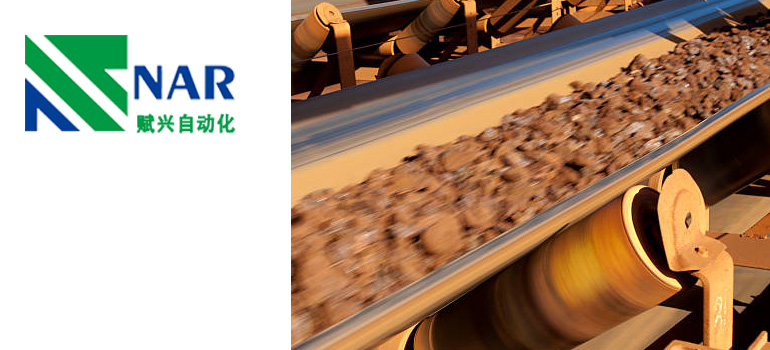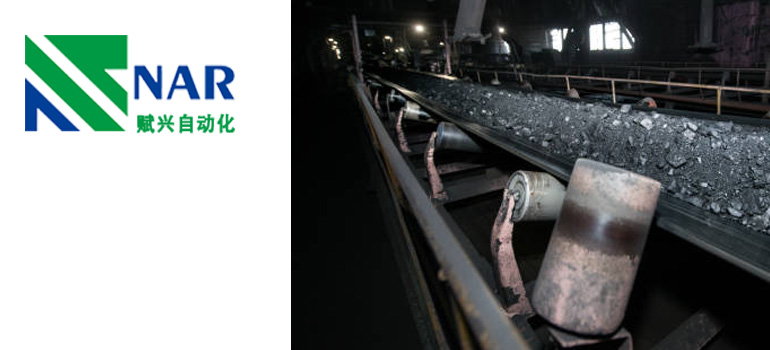Idler is an important component of belt conveyor, with many types and large quantities. It can support the conveyor belt and material weight, ensuring smooth operation of the conveyor belt. It accounts for 35% of the total cost of a belt conveyor and produces more than 70% resistance, so the quality of the idler is particularly important.
Different types of idlers are used in different industries. What do you know about the types of conveyor idlers? The following will take you through the types of conveyor idlers.
What types of idlers are there?

In the belt conveyor conveying system, the role of the idler is to support the conveyor belt and the materials on the conveyor belt, which plays a key role in the operation of the conveying system. Similarly, there are many types of idler, and only if selected correctly can it bring benefits to the entire conveying system.
The classification and related functions of idlers are as follows:
Grooved idlers: Grooved idlers are used to carry bulk materials, and are composed of three idlers. The groove angle is generally 30 °. They have a fully sealed nature. Grooved idlers can reduce the height of the idler frame, reduce the equivalent idler group spacing, and are used in places where the stiffness of the conveyor belt is small and the space is small.
Due to the angle of the grooved idler, the materials carried are concentrated in the middle of the belt. It is widely used in open air environments with large dust and high corrosivity, such as mines, power plants, steel plants, stone plants, cement plants, and other industries.
Buffer idlers: Buffer idlers are installed at the blanking position of the conveyor, which can mitigate the damage caused by the falling impact of materials on the conveyor. They have strong toughness, corrosion resistance, flame retardant, and antistatic properties, and are widely used in mining, chemical plants, and other industries.
To prolong the service life of the conveyor belt, the spacing of the buffer idlers is generally 100-600mm.
Return idler: The return idler is the most commonly used lower idler. Large conveyors can also use two rollers, which are arranged in a V-shape to prevent deviation and high load carrying capacity. Most practices are to continuously set three sets of V-shaped and V-shaped forward tilting lower idlers every seven sets of parallel lower idlers.
Centering idlers: Centering roller can correct excessive deviation of conveyor belt during re operation, prevent conveyor belt from snaking, and ensure stable operation of conveyor belt. In conveyor belts that need to be equipped with centering rollers, generally every ten groups of rollers are equipped with centering rollers.
Spiral cleaning idlers: used to clean the materials adhered to the bearing surface of the conveyor belt, and its function is the same as that of a cleaner. Generally, the group of lower rollers closest to the conveyor head drum is designed as spiral rollers. Widely used in the coal mining industry.
Transition idlers: Transition idlers are suitable for conveyors with large transportation capacity, long distances, high belt tension, and important features. Generally, transition sections should be provided, which are the places where transition idlers are arranged.
What are the factors to consider when selecting idlers?
The main considerations are:
- Material Type: The particle size, water content, and corrosion degree of the material.
- Working environment: air humidity, content of corrosive media, maximum and minimum temperatures, ease of maintenance, etc.
- Service life of the conveyor belt.
- The movement speed of the belt on the conveyor, the conveying volume per hour, the line condition, the type of support, and the conveying system.
These data are very important for the selection of idlers and for estimating the life of idlers.
Maybe you are interested in the following: What Are The Types of Belt Conveyor Pulleys?

